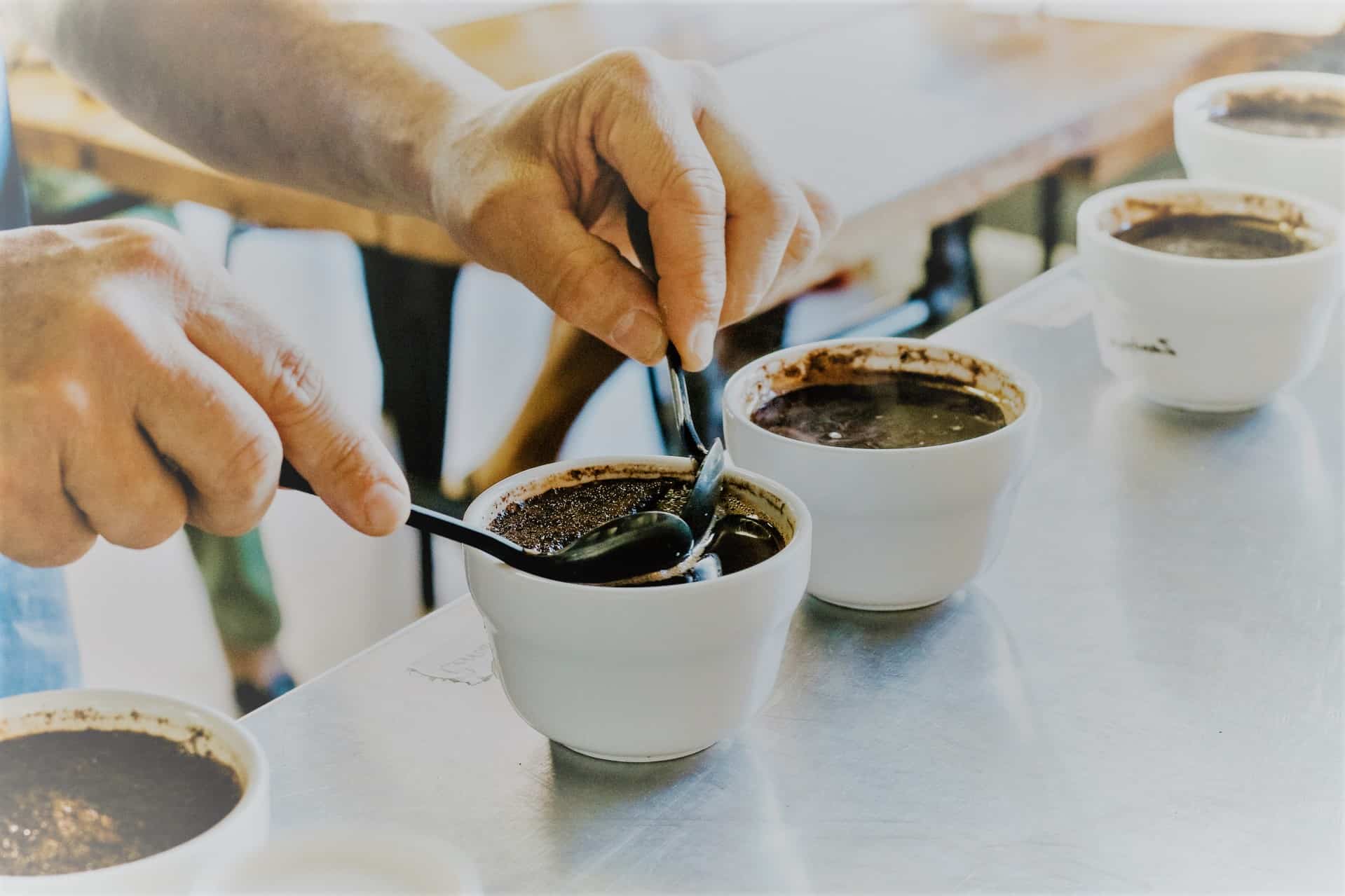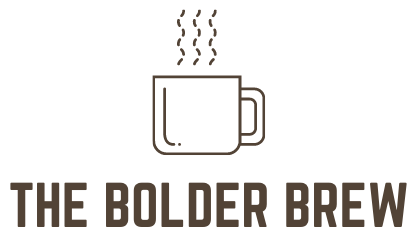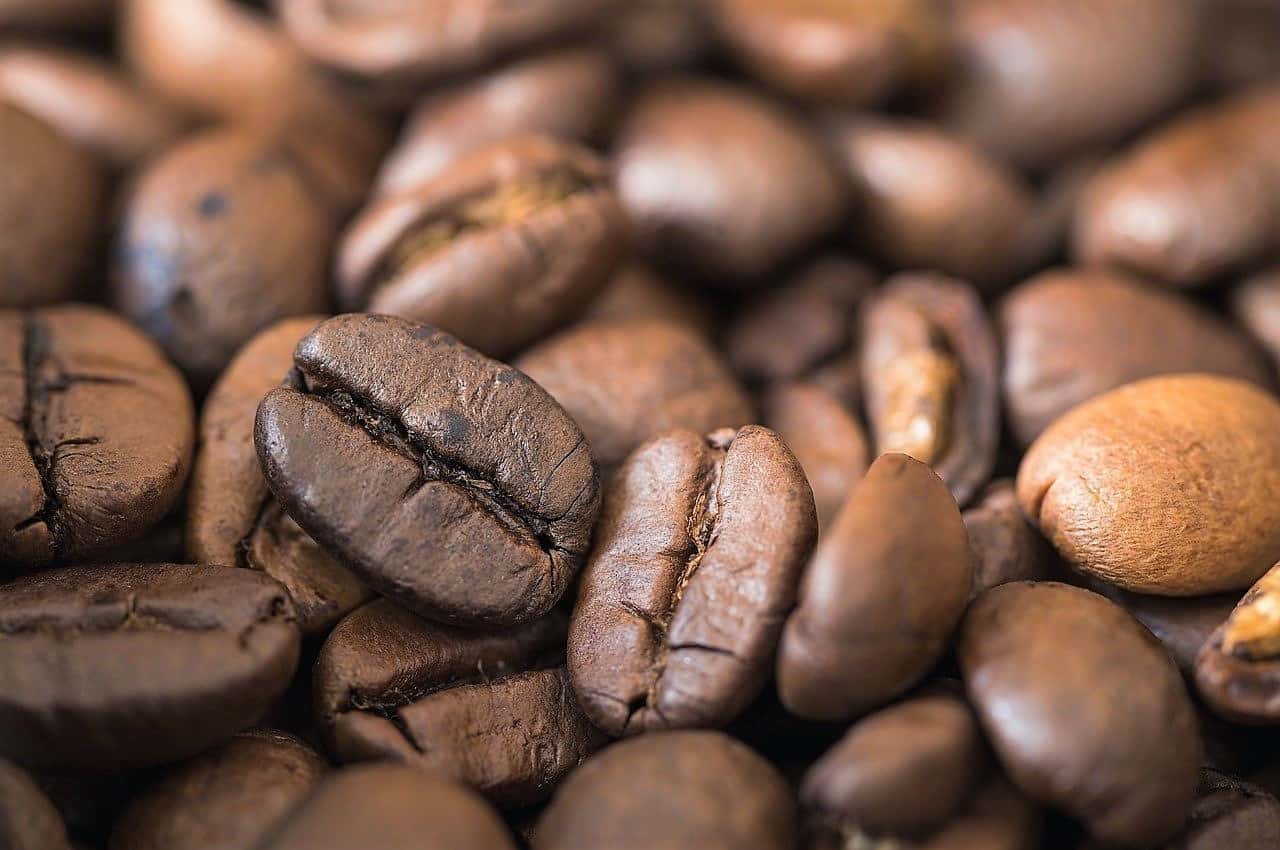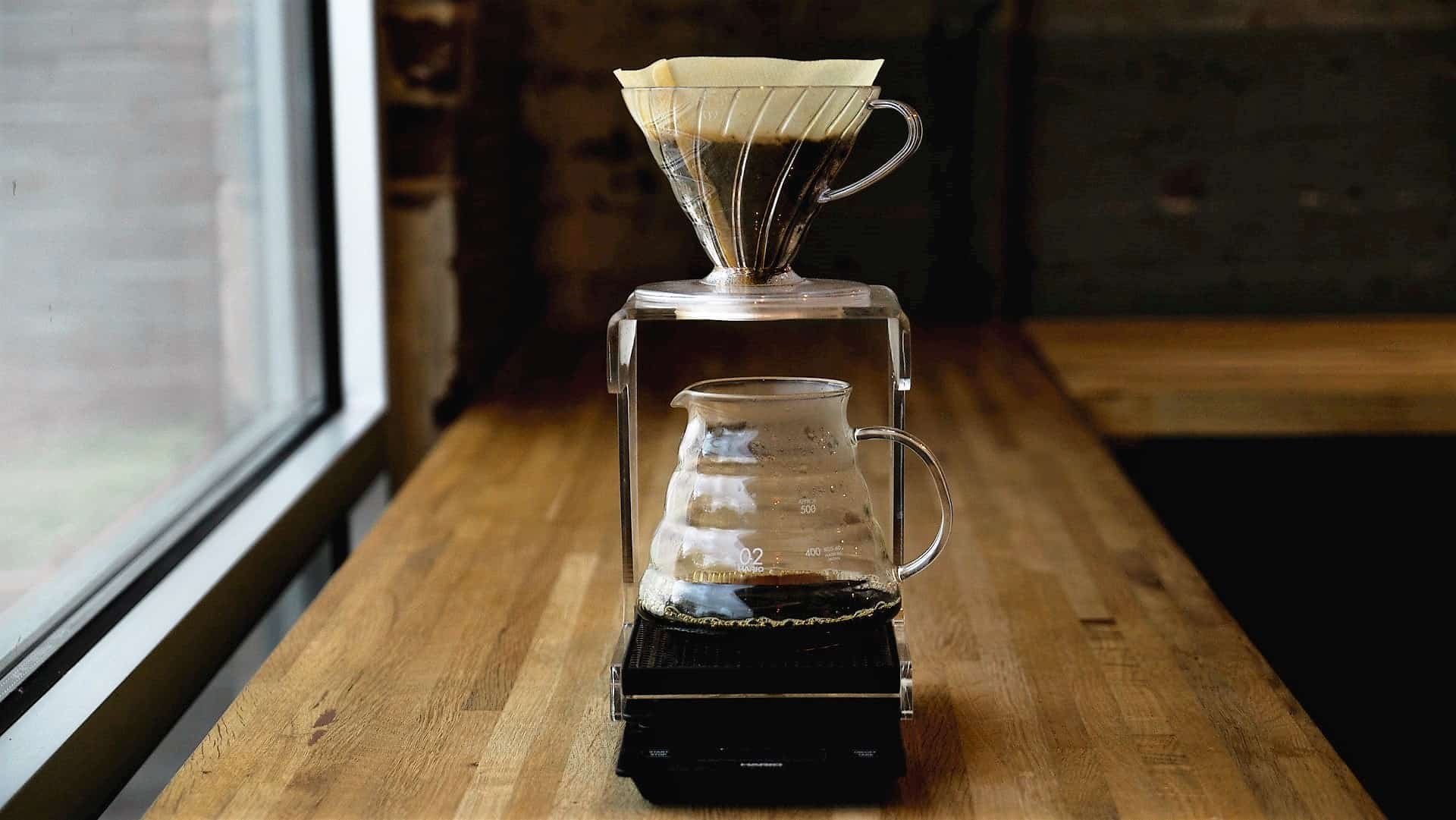Here's The Deal With Single-Origin Coffee (Why & How To Enjoy It)

The specialty coffee world is all about single-origin beans.
Well, perhaps not all, but suffice to say that specific and far-flung origins are core to "third-wave" coffee culture.
Some folks even make full-on careers of finding and promoting interesting coffee origins to their connoisseur clientele. It's like wine or cigars, just less pretentious. Well, usually...
If you're not sure what all the fuss is about, or whether it's worth plunking down the money, then this article will give a starting point.
Like its name suggests, single-origin coffee beans all come from the same region, and often the same farm, co-op, or village within that region. These places all have very unique characteristics. Just like a pinot noir from Champagne versus the Loire (both in France) will taste different, arabica coffees from Java versus Sumatra (both in Indonesia) also taste different. Single origins aren't inherently better, but many of the best roasters prefer to source from single origins.
To be fair, it's a pretty deep topic. We're barely going to scratch the surface.
And if you're keen to explore, then read through to the end. I'll share how I prefer to get new ones on my doorstep.
But first, here is some background on single-origin coffee.
Table of Contents
I'm an affiliate.
I hope my product recommendations make your life a little better! As a member of programs including Amazon Associates, I earn from qualifying purchases. If you do choose to purchase though links here, then I greatly appreciate your support!
Coffee Has Terroir, Like Wine
If you're into wine at all, then you're probably familiar with the idea of terroir.
If not: it's a French word that describes the place, climate, and everything else around where the crop grew.
And just like with wine grapes, the surrounding conditions affect the taste of the coffee fruit, too. (By the way, note that coffee "beans" aren't beans at all. They're the dried seeds of the fruit of the coffee plant.)
Coffee connoisseurs learn to identify the country and sub-region of a bean, and even the way it was prepared.
There's no need to become a master taster to enjoy single origins, though.
A Single Origin Doesn't Always Mean Quality
It's easy to assume that a single-origin coffee has got to be better. After all, why brag about the origin if it didn't matter?
The truth is that good and bad coffees alike both come from some origin.
Perhaps the farmers have used a certain technique and/or a certain coffee subspecies that yields terrific results. If what they produced is rare, then it can fetch far higher prices from importers who will emphasize its origin.
Assuming it's roasted properly, the end product will indeed be of high quality.
But keep in mind that you can buy terrible single origin coffee dirt-cheap from most supermarkets, too. You can even find instant coffee that brags about its origin!
The line between crop quality and marketing tactics isn't always obvious.
Single Origins Aren't Better Than Blends, Just More Distinctive
If a single-origin coffee isn't inherently better, then what's the point?
Again, it's all about distinctive terroir.
The point of blending is usually twofold.
First, it creates a consistent product that roasters can keep on the shelves for months or years on end. It might vary slightly, since crops are never identical, but the change is usually minimal. That's why almost every coffee you've seen for years is a blend.
Second, it lets roasters use different beans to complement others. A bright, fruity flavor might be pleasant on its own, but even better when combined with a very chocolatey one.
Only the very best single-origin coffees will have that sort of complexity, hence their usually hefty prices.
It's Fun To Explore & Discover
You know how Granny Smith and Red Delicious apples taste almost like different fruits altogether?
It's sort of a similar thing with single-origin coffee.
It's a bit of a world tour in your kitchen.
Sure, that's an exaggeration, but it really does open your eyes to the immense variety of flavors that a single crop can produce. Citrusy, earthy, blueberry-like...there are coffee regions known for an amazing variety of flavors.
It Improves Your Perception & Enjoyment
As you find the distinctive qualities of different coffee origins, it becomes even more fun to keep on exploring them.
Each one gives you a broader base for comparison. With experience, you almost naturally start to notice finer differences between beans.
You might even turn into a connoisseur before you know it.
It Makes For Fun Tastings
With such differences between origins, it's conducive to coffee tasting alone or ideally with a small group.
You can go all out and do a formal cupping protocol (pro tip: feel free to simplify!).
You can also do something as simple as making a few pour-over brews to share with friends.
Either way, just buy a few coffees around a theme--perhaps roast level, region, or even country --and pay attention to how they compare and contrast.
If you want more of a done-for-you tasting experience, then Angels' cup is the easiest way I know. Check out my review here to see what you get and how best to enjoy it.
Home Roasters Should Start With It
If you're thinking about home roasting, then I recommend starting with single origins for two reasons.
First, there is incredible selection available. Most roasting enthusiasts (whether hobbyist or commercial) prefer to make their own blends, so the market for blended green coffee is just not very big.
Second, different origins have slightly different roasting characteristics. Limiting bean variety gets rid of one huge variable in the coffee's taste. That makes it easier to figure out how your roasting process affects the coffee, so you can continually improve it.
Single-origin coffee may sound a little pretentious and exclusive, but it's actually a fun and approachable thing for coffee fans to get into.
Odds are you've been drinking single origins all along, at least occasionally. Now, you've got a basic idea of what that entails and why it's such a big deal in the coffee scene.
Time to go forth and explore, from the convenience of your kitchen.
P.S. Trying new coffee is always fun, but it's not always easy to pick winners. My favorite way to discover consistently good coffee, often from new origins, is with Angels' Cup. I've reviewed their subscription here (short version: it's pretty great). You can also go directly to their site.




